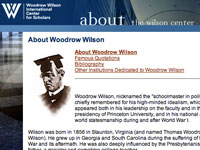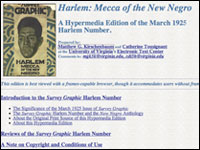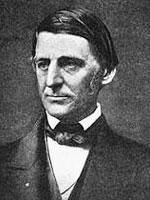CWIHP: Cold War International History Project

Scholarship on the Cold War has been written primarily by Westerners with little access to sources in Soviet archives. This extensive collection seeks to remedy this gap in Cold War historiography by presenting sources from the former Communist bloc. Thousands of documents in the diplomatic history of the Cold War are currently available, stretching in time from the 194546 Soviet occupation of northern Iran through the late 1990s.
The annotated sources are divided into 50 collections and by geographic region. Collections cover a wide range of topics, including specific events (1954 Geneva Conference on Indochina, 1956 Hungarian Revolution, 198081 Polish Crisis) and broader topics stretching over longer periods of time (Economic Cold War, Nuclear Non-Proliferation, The Cold War in Africa). Collections vary widely in size, between three and several hundred documents, and include primarily official documents and communication—meeting minutes, memoranda, transcribed conversations between leaders, reports, and several personal letters and diary entries.

